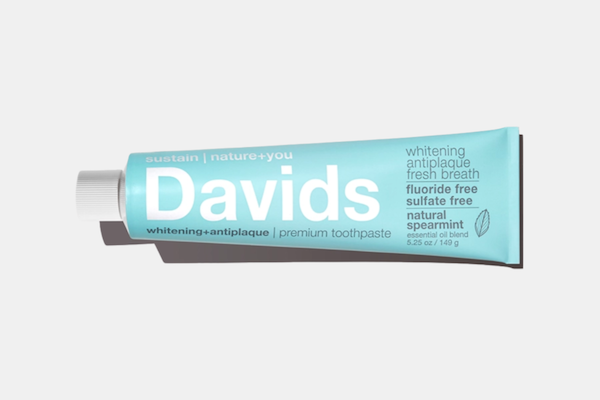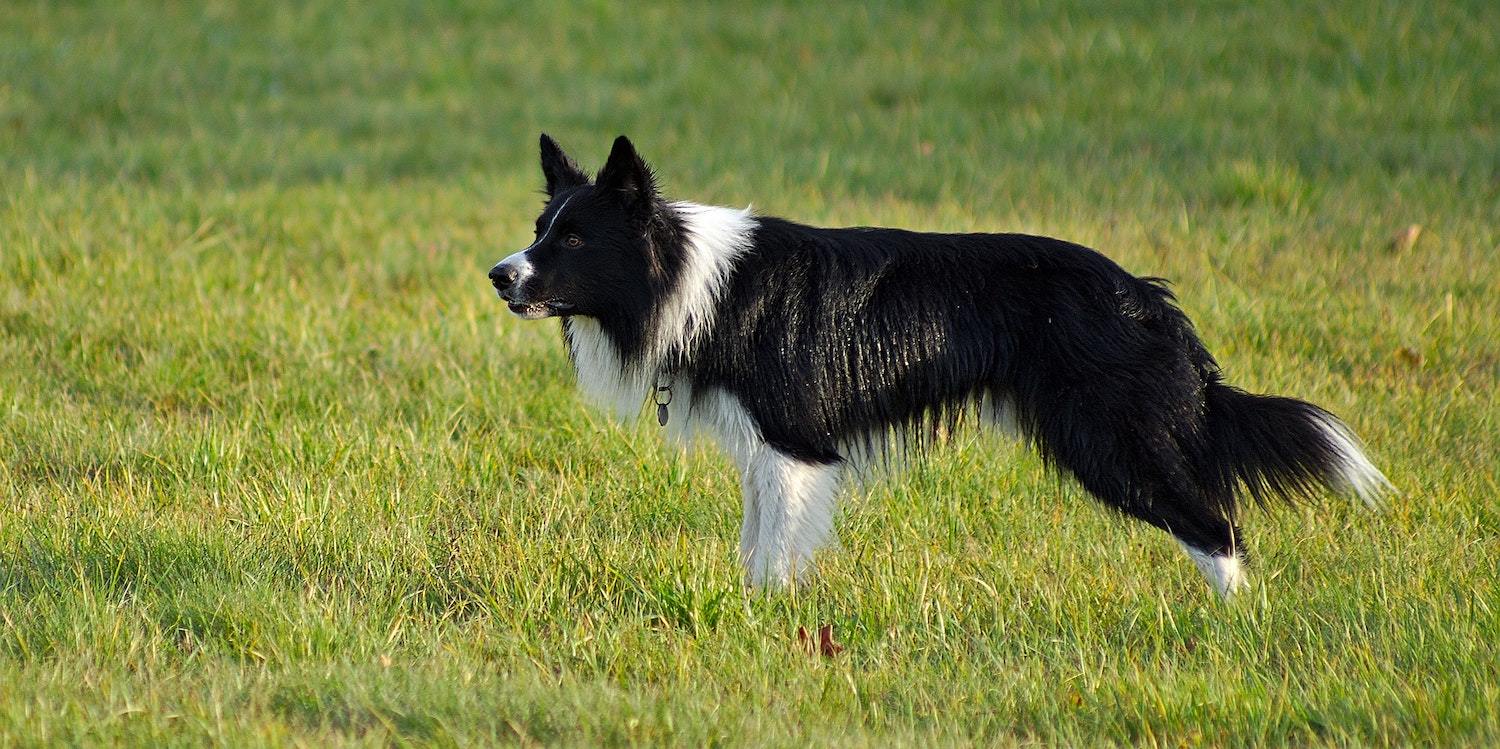In the past few years, one of the most important conversations in the sustainability community has revolved around meat and its impact on the environment. The demand for meat has never been so high, due to the growing population and increasing quality of life worldwide. Thus, factory farms are consuming large amounts of resources and producing methane – a greenhouse gas 80 times more potent in the short run than CO2 – to satisfy this demand.
In response to these growing environmental concerns, more and more people are choosing to go vegan, vegetarian, or limit their meat consumption. In many ways, this is a return to the way humans used to eat just a few decades ago when few people could not afford to eat meat on such a regular basis. Back then, our diets consisted mainly of grains, starchy vegetables, and fruit, with the occasional piece of meat for lunch on a Sunday.
However, this is not the same case with our pets – cats and dogs in particular – who have always had a more meat-based diet than humans. What do we do about their environmental impact? They have very different nutritional requirements from us, which we should not overlook when choosing the best possible eco-friendly pet products for them.
First, let’s have a look at how most conventional pet foods impact the environment and the overall sustainability of pet food. Then, we’ll share some of our favorite alternatives that you can try to reduce the environmental impact of pet food in your home.
Environmental Impact Of Pet Food
Pet ownership rates around the world are increasing, which also results in an increasing demand for pet food. This upwards trend is particularly prominent in the US and Europe, which account for two-thirds of global pet food sales. At the same time, people living in these two regions are also becoming increasingly aware of the environmental issues our planet is facing – yet sustainability and pet food are still not discussed as much as they should be.
Land Use For Pet Food Production
It takes a lot of land to satisfy the current demand for dog food. In 2020, researchers found that it takes an area twice the size of the UK to satisfy the world’s demand for pet food. If the upwards trend of pet ownership continues and we don’t make a switch to more eco-friendly pet products, this need for land is likely to rise.
The large proportion of meat included in pet food is largely the culprit for this trend. That’s because chickens, pigs or cows not only take up a substantial area of land by themselves, but they also need to be fed with crops that take up even more land.
The Carbon Footprint Of Pet Food
Every year, the global production of pet food releases 106 million tons of carbon dioxide equivalent into the atmosphere. To put this into perspective, only 5 countries surpass the pet food industry with their carbon emissions.
What is contributing to such a high carbon footprint of pet food? Firstly, it takes a lot of energy to power animal agriculture facilities – power which still largely comes from fossil fuels in the majority of the world. However, speaking of animal agriculture facilities, they produce another form of carbon footprint which makes them significantly less sustainable – methane.
Methane is a gas produced by animals – especially cows and sheep – during digestion. Therefore, no matter how sustainable the rest of the production cycle is made, this substantial source of greenhouse gas emissions cannot be avoided.
Lastly, there is another significant contributor to the carbon footprint and environmental impact of pet food – land use change. To create the land needed to house livestock, as well as cultivate crops to feed this livestock, forests are often converted into farmland. Animal agriculture is the leading cause of deforestation across the world. By cutting down trees, we are not only stopping their function in purifying the air and producing oxygen but we are also releasing the carbon dioxide that they have been storing into the atmosphere.
Other Resources, Sustainability, And Pet Food
Land use and carbon emissions aren’t the only two issues associated with the increasing production of pet food, but they are two of the most important ones. Aside from them, there are other important factors you should know about.
Firstly, land is not the only resource being used in large quantities – massive amounts of water are also required to grow feed for livestock. While meats aren’t the most water-intensive products, being surpassed by cheese, milk, fish, or tomatoes, they are still significant and need to be addressed.
In recent years, there has also been a shift in priorities leading many pet owners to favor premium meat products for their pets. While it’s great that we only want to give our furry friends the best, this is also responsible for a substantial amount of lower-quality meat being wasted. The demand for premium quality meat could potentially overload the system, which is already heavily weighed down by the increasing production of meat for human consumption. The highest quality meat may not give your pet exactly what it needs, rather, what matters more is the balance of nutrients.
This key factor makes it possible for alternative eco-friendly pet food, which meets these requirements for the balance of nutrients, to be developed and used to lower the environmental impact of pet food worldwide.
Chippin Sustainable Dog Treats
Pets – and dogs specifically – have very specific nutritional needs which need to be met in order for them to stay healthy. Traditionally, meat has a good nutritional composition that can satisfy these needs. However, with today’s innovation, the growing demand for eco-friendly pet products can be satisfied with treats made from more sustainable ingredients, such as cricket protein.
Chippin sustainable dog treats use this exact ingredient, with other natural foods such as pumpkin, peanuts, or flax seeds, to keep your dog healthy while substantially reducing your carbon footprint. The cricket protein the brand uses is human-grade, which means that you can be sure you’re only giving your pooch the best of the best while also protecting the environment – a balance that is hard to find in pet food nowadays.
Did you know that in comparison to red meat, which is contained in most other pet treats, cricket protein is 90% less resource-intensive and creates no methane – a dangerous, fast-acting greenhouse gas? Crickets and other insects are so eco-friendly because they convert the plants they are fed into animal protein much quicker and more efficiently than livestock. They also require fewer other resources to maintain and are packed with nutrients.
Eco-friendly pet products such as the Chippin sustainable dog treats are a game-changing innovation that can help all of us combine our love for our pets and our care for the environment. If pet ownership continues to grow in the coming years, finding a more efficient way to convert mainly carbohydrate-based plants into animal protein will become crucial to protecting the environment and preventing climate change from progressing. Cricket protein is a great example of one such solution! Is this the future of pet food?






